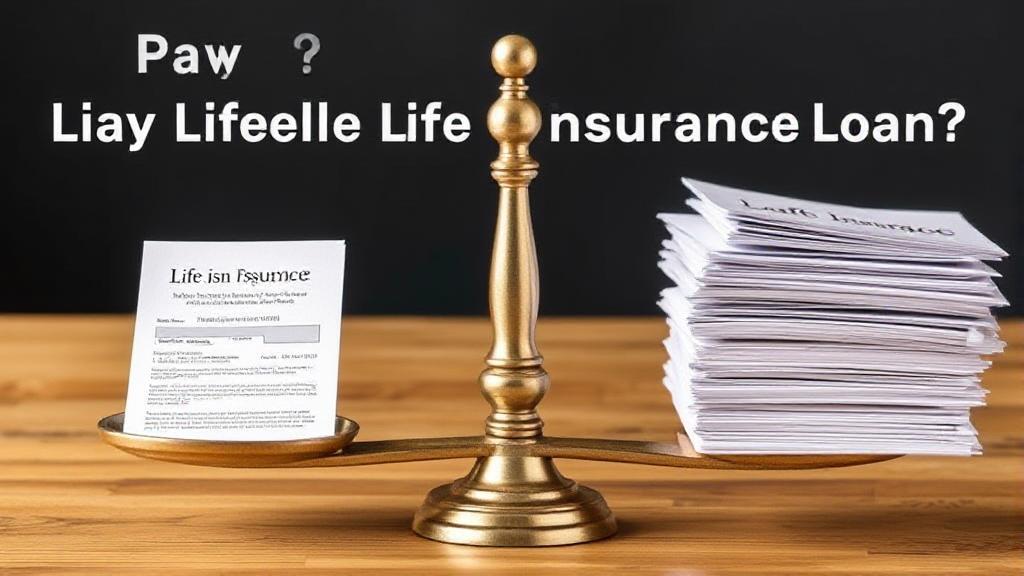Understanding Life Insurance Loans
Before diving into the pros and cons, it's important to understand what a life insurance loan is. When you have a permanent life insurance policy, it accumulates cash value over time. This cash value can be borrowed against, providing a source of funds without the need for a credit check or lengthy approval process. However, these loans are not free money; they must be repaid with interest.
Benefits of Paying Off Your Life Insurance Loan
1. Restored Death Benefit
When you pay off a life insurance loan, you restore your policy's full death benefit. This ensures your beneficiaries receive the complete amount you intended them to have. According to MetLife's insurance guidelines, an outstanding loan reduces the death benefit by the loan amount plus interest.
2. Avoiding Interest Accumulation
Life insurance loan interest rates typically range from 4% to 8%. Paying off the loan stops these interest charges from accumulating, which can save you significant money over time.
3. Improved Financial Security
- Restoration of full policy value
- Greater financial flexibility
- Improved debt-to-income ratio
- Ability to borrow against the policy in the future if needed
Drawbacks of Paying Off Your Life Insurance Loan
1. Opportunity Cost
The money used to pay off the loan could potentially earn higher returns elsewhere. For example, if your loan interest rate is 6%, but you could earn 8% in other investments, keeping the loan might make more financial sense.
2. Liquidity Concerns
Using available cash to pay off the loan means those funds won't be available for:
- Emergency expenses
- Investment opportunities
- Other debt payments
- Major purchases
3. Tax Implications
If you surrender your policy with an outstanding loan, you might face unexpected tax consequences. The IRS considers forgiven loan amounts as taxable income.
Factors to Consider Before Making Your Decision
Financial Stability
- Current emergency fund status
- Other outstanding debts
- Regular income stability
- Upcoming major expenses
Policy Details
| Aspect | Pay Off Loan | Keep Loan |
|---|---|---|
| Monthly Cash Flow | Decreases | Maintains |
| Death Benefit | Fully Restored | Reduced |
| Investment Potential | Limited | Preserved |
| Interest Charges | Eliminated | Ongoing |
Alternative Strategies
Instead of fully paying off the loan, consider these options:
- Partial Payments: Make regular smaller payments to gradually reduce the loan balance
- Interest-Only Payments: Pay only the interest to prevent the loan from growing
- Refinancing: If possible, secure a lower interest rate through other means
Important: Always review your policy's specific terms and conditions, as loan provisions can vary significantly between insurance companies and policy types.
For more information on life insurance loans and cash value policies, visit resources like Investopedia, NerdWallet, or the National Association of Insurance Commissioners website. Consider consulting with a financial advisor who can evaluate your specific situation and provide personalized guidance.
